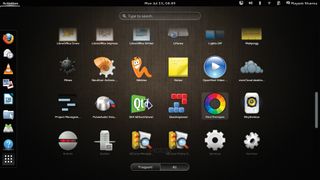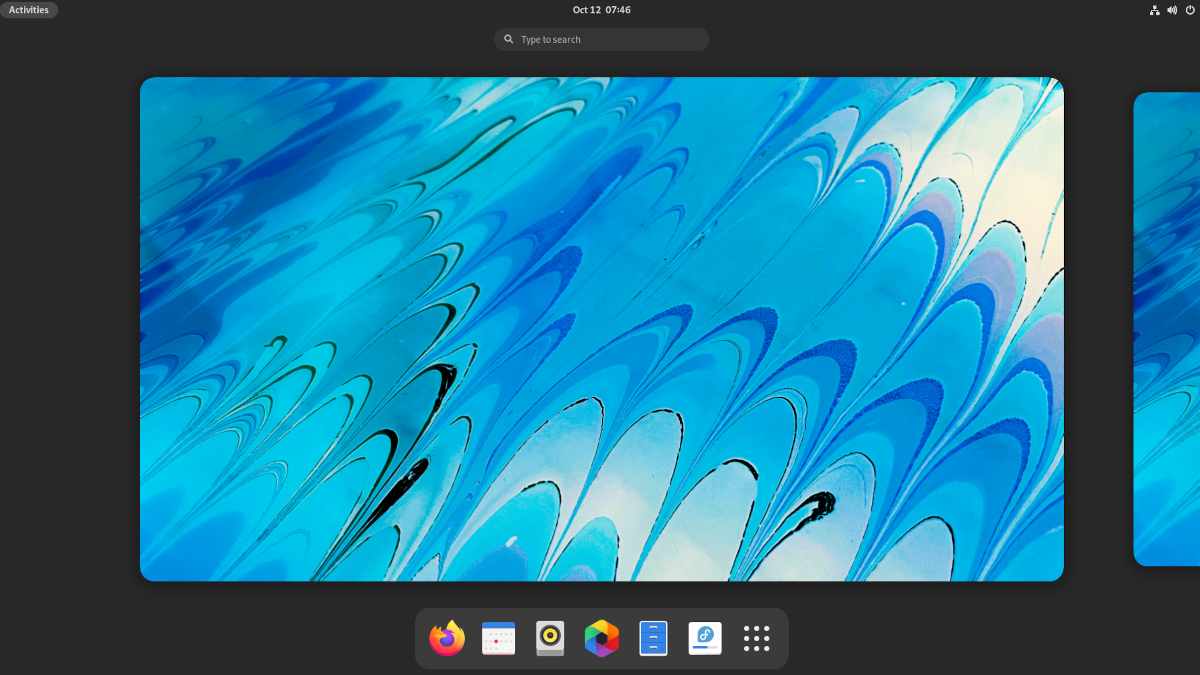Fedora, a leading Linux distribution known for its stability, flexibility, and community-driven development, serves as the foundation for Korora, a user-friendly Fedora remix. This article delves into the nuances of these two operating systems, highlighting their similarities, differences, and target audiences to help users make an informed decision based on their specific needs and preferences.

Similarities:

-
Fedora Base: Korora builds upon the solid base of Fedora, inheriting its stability, security updates, and extensive software repositories.

-
Open-Source and Community-Driven: Both Fedora and Korora embrace open-source software and thrive on the contributions of their active communities.
-
GNOME Desktop Environment: By default, both operating systems feature the GNOME desktop environment, offering a modern and user-friendly graphical interface.
Differences:
-
Package Selection and Customization: Korora takes Fedora’s foundation and refines it by introducing a curated selection of packages, tailored to provide a smoother user experience out of the box. This includes additional codecs, drivers, and multimedia applications that enhance the system’s multimedia capabilities and compatibility with various hardware configurations.
-
Pre-installed Applications: Unlike Fedora, which provides a minimal installation, Korora comes with a wider range of pre-installed applications, including popular productivity tools, multimedia players, and development environments. This approach caters to users who prefer a system that is ready to use without the need for extensive customization.
-
Focus on Stability and User-Friendliness: Korora places a strong emphasis on stability and user-friendliness, making it an excellent choice for users who prioritize these aspects over cutting-edge features or extensive customization options.
Target Audience:
-
Fedora:
-
Developers and system administrators who appreciate its flexibility, latest software versions, and extensive customization capabilities.
-
Users seeking a stable and customizable Linux distribution for personal or professional use.
-
-
Korora:
-
Users looking for a user-friendly and stable Linux distribution that comes with a curated selection of software and multimedia support.
-
Individuals desiring a system that reduces the need for post-installation configuration and customization.
-
Conclusion:
While both operating systems share a solid foundation and community support, their key differences lie in package selection, pre-installed applications, and focus on stability and user-friendliness. Fedora caters to users who value customization and flexibility, while Korora appeals to those seeking an out-of-the-box experience with a focus on stability and pre-configured multimedia support. Ultimately, the choice between Fedora and Korora depends on an individual’s specific requirements and preferences, whether they prioritize customization and latest software or prefer a more user-friendly and ready-to-use system.

This is a very informative comparison of Fedora and Korora. I especially appreciate the detailed breakdown of the different features and capabilities of each distribution. It’s helpful to see how they stack up against each other in terms of stability, performance, and usability.
I’m not sure I agree with all of the conclusions in this article. I’ve used both Fedora and Korora, and I’ve found that Korora is actually more stable and easier to use. I also think that the KDE Plasma desktop is much better than the GNOME desktop that Fedora uses.
I’m a long-time Fedora user, and I’ve been very happy with it overall. However, I’m always interested in trying out new distributions, so I was curious to see how Korora compares. After reading this article, I’m definitely going to give Korora a try. It sounds like a very promising distribution.
Oh, wow, another article comparing Fedora and Korora. How original. I’m sure this one will be just as insightful and informative as all the others.
I’ve used both Fedora and Korora, and I can honestly say that they’re both great distributions. Fedora is more stable, but Korora is more user-friendly. It’s really just a matter of personal preference.
I’m a huge fan of Fedora, but I have to admit that Korora is a very impressive distribution. It’s stable, user-friendly, and has a great community. If I were ever to switch from Fedora, Korora would be my first choice.
This article provides a very detailed comparison of Fedora and Korora, covering everything from stability and performance to usability and features. It’s a great resource for anyone who’s trying to decide which distribution is right for them.
I’m not impressed with Korora at all. I’ve tried it several times, and I’ve always had problems with it. It’s not stable, it’s not user-friendly, and the community is terrible. I would never recommend Korora to anyone.